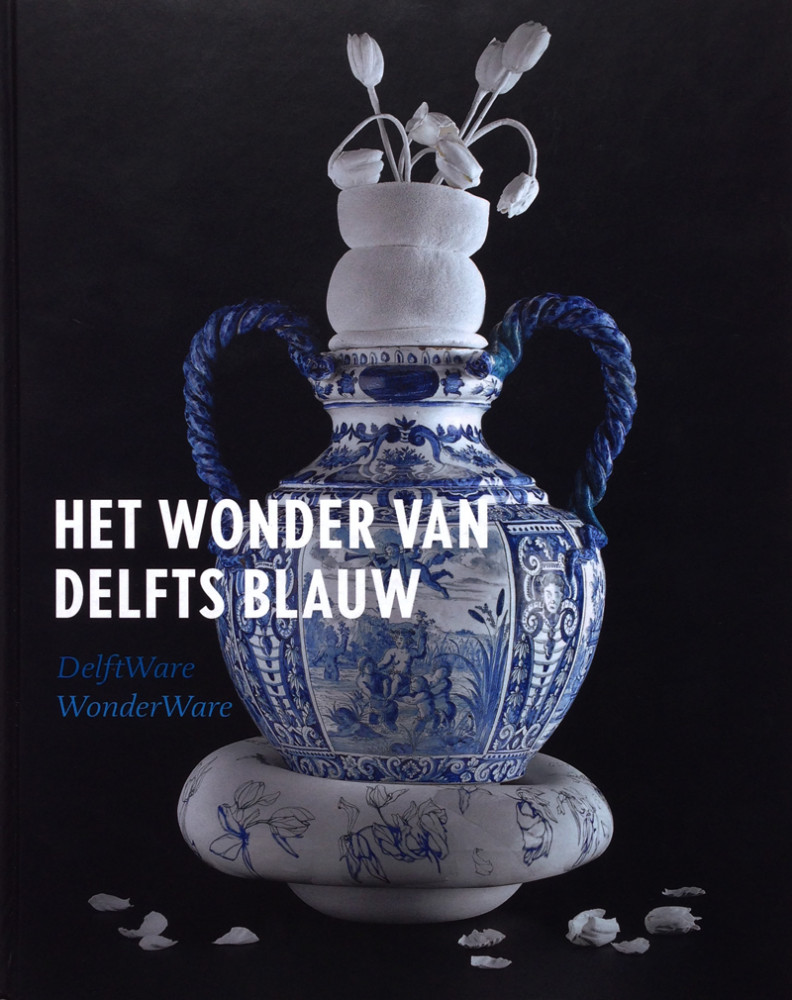Delftware Wonderware: Het Wonder van Delfts Blauw
Published by Waanders Uitgeverij, Zwolle, the Netherlands with Gemeentemuseum Den Haag, the Netherlands, 2012
With contributions from Suzanne M R Lambooy; Marion S van Aken-Fehmers; Titus M Eliëns; Erik Hesmerg; Haags Gemeentemuseum. Photography by Erik and Petra Hesmerg.
Hardcover, 128 pages. 257 x 207 x 14 cm. In Dutch and English.
There are a number of excellent reasons to get your hands on this book. It offers a concise history of four centuries of Dutch Delftware that is supported by beautiful photography and clean, contemporary graphic design that is distinctly Dutch. The real revelation in Delftware Wonderware: Het Wonder van Delfts Blauw is that Delftware isn’t limited to blue and white but has always used every color in the rainbow and is sometimes just as vibrant. Even if this isn’t a surprise to you, you may be amazed by the profusion of color and the variety of forms of the Delft faience you will find in these pages.
The publication of this book marked the opening of View of Delftware, a permanent exhibition at Gemeentemuseum Den Haag, which possesses one of the largest and finest collections of Delftware in the world. The show contains over 235 items, pottery and related ephemera that offer a unique view of the Delftware industry through the ages. Interestingly, Delftware Wonderware: Het Wonder van Delfts Blauw has the hallmarks of good exhibition design, it’s highly functional and easy to anticipate but each spread feels fresh and dynamic.
The book (and the exhibition) is really the story of how one industry arrived at mass production. It includes a list of all the Delft potteries and their periods of production, which is supported by reproductions of a fascinating, hand illustrated book, Marks of the master potters in Delft, from1764 that was the Who’s Who of its day.
The final two chapters of the book bring Dutch Delftware through the modern period into the contemporary. The penultimate chapter focuses on Royal Delft, originally called De Porceleyne Fles; it is the only Delft pottery company active in the 17th century that still operates today (flourishes, is a more suitable verb). The final chapter focuses on tulip vases, which is perhaps one of the most interesting forms that Delftware takes. Historically, they are a fusion of Eastern and Western forms, decorative motifs, and Asian porcelain; a perfect prism through which to explore this mix of influences. Apparently the form is still inspiring innovation to this day, the variety of tulip vases by world class contemporary designers alone in this book should earn it a place on your bookshelves.
Amy Albracht is the General Editor at CFile.


Spreads from Delftware Wonderware: Het Wonder van Delfts Blauw

Add your valued opinion to this post.